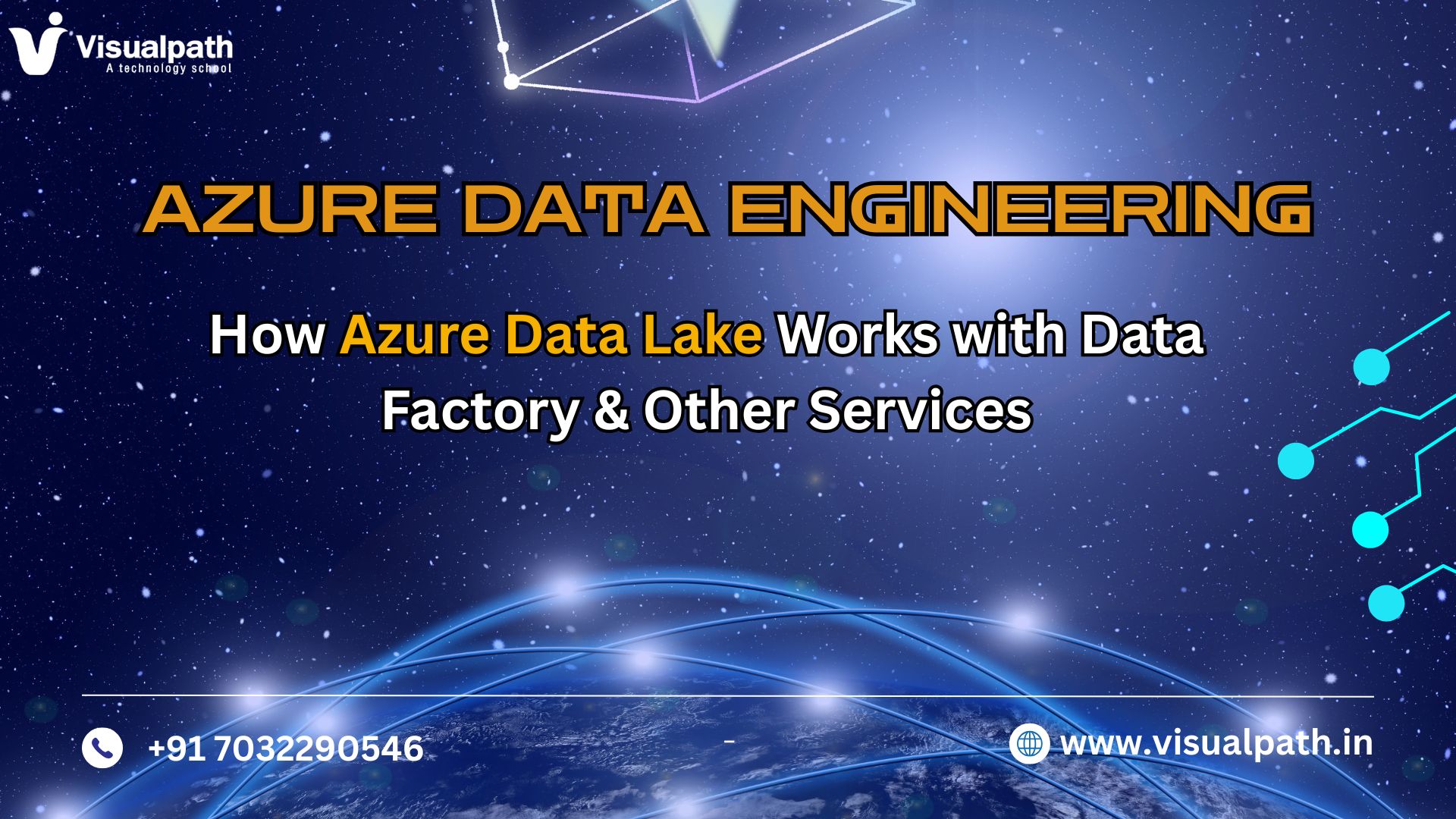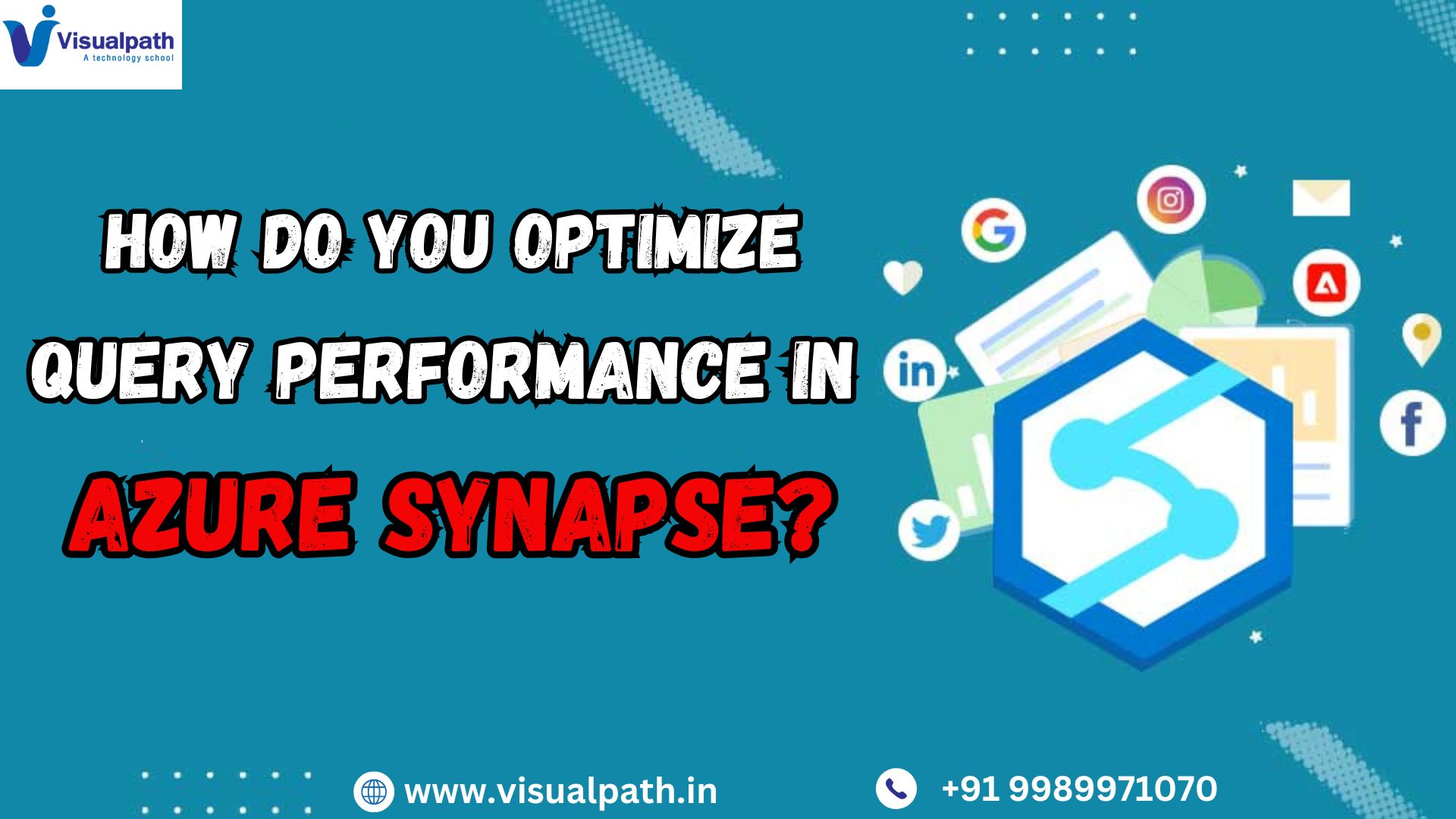Azure Data Lake, a cloud-based data storage and analytics service, plays a vital role in modern data architecture. One of its strongest advantages is its seamless integration with other Azure services, particularly Azure Data Factory (ADF) — a powerful ETL (Extract, Transform, Load) and data orchestration tool. In the era of big data, organizations need robust, scalable, and secure platforms to store and process massive volumes of structured and unstructured data.
Let’s explore how Azure Data Lake integrates with Azure Data Factory, and how this combination empowers data engineers and businesses to build efficient data pipelines.
Understanding Azure Data Lake
Azure Data Lake Storage (ADLS) is a hyperscale repository built on top of Azure Blob Storage and optimized for analytics workloads. It provides a hierarchical namespace and supports big data analytics frameworks such as Hadoop and Spark. Azure Data Engineer Course Online
Key features include:
- Scalable and cost-effective storage
- High security and compliance
- Support for both batch and streaming data
- Hierarchical file organization (folders and directories)
What is Azure Data Factory (ADF)?
Azure Data Factory is Microsoft’s cloud-based data integration service that allows users to create data-driven workflows, known as pipelines, for orchestrating and automating data movement and transformation. It supports a wide range of data sources, both on-premises and cloud-based.
Integration of Azure Data Lake with Azure Data Factory
1. ADLS as a Source or Sink in ADF Pipelines
One of the most common use cases is using Azure Data Lake as a data source or destination in an ADF pipeline. You can easily: Azure Data Engineering Certification
- Read raw data files (CSV, JSON, Parquet, etc.) stored in ADLS.
- Write transformed data back to ADLS after processing. This enables seamless data movement across various systems like on-prem databases, cloud databases (SQL, Cosmos DB), and SaaS apps.
2. Dataflows and Mapping Data Flows
ADF supports Mapping Data Flows, a visually designed data transformation feature. It allows the transformation of data in a code-free environment. ADLS integrates smoothly here, allowing you to use it as both input and output datasets within a data flow.
3. Linked Services and Datasets
To access ADLS in ADF, you create a Linked Service (which holds the connection details) and Datasets (which define the data structure). These components make it easy to reuse connections and manage large-scale data movement workflows efficiently. Azure Data Engineer Training Online
4. Parameterization and Dynamic Content
ADF allows parameterization of file paths, folders, and file names when working with ADLS. This helps in creating dynamic pipelines that can process different data based on schedules or triggers without changing the underlying logic.
5. Integration Runtime Support
ADF offers Azure Integration Runtime to perform data movement and transformation tasks in the cloud. When working with ADLS, this runtime ensures fast and secure communication between services.
Advantages of Integrating Azure Data Lake with Data Factory
- End-to-End Data Pipelines: Easily move data from raw ingestion to transformation and loading for analytics or reporting.
- Cost-Efficiency: Serverless architecture and pay-per-use pricing models reduce infrastructure costs. Azure Data Engineer Course
- Security and Compliance: Integration supports managed identities, access controls, and encryption at rest and in transit.
- Scalability: Easily scale to handle terabytes or petabytes of data using the native integration and parallel processing capabilities.
- Automation: Schedule and automate data pipelines using triggers and monitoring options in ADF.
Conclusion
The integration of Azure Data Lake with Azure Data Factory creates a powerful, flexible, and secure environment for building modern data pipelines. By combining the scalable storage of ADLS with the orchestration and transformation capabilities of ADF, data engineers can efficiently manage big data workflows — from ingestion to transformation and final delivery to analytics platforms like Power BI or Azure Synapse Analytics.
This integration not only streamlines data operations but also accelerates insights and decision-making in today’s data-driven organizations.
Trending Courses: Artificial Intelligence, Azure AI Engineer, Informatica Cloud IICS/IDMC (CAI, CDI),




